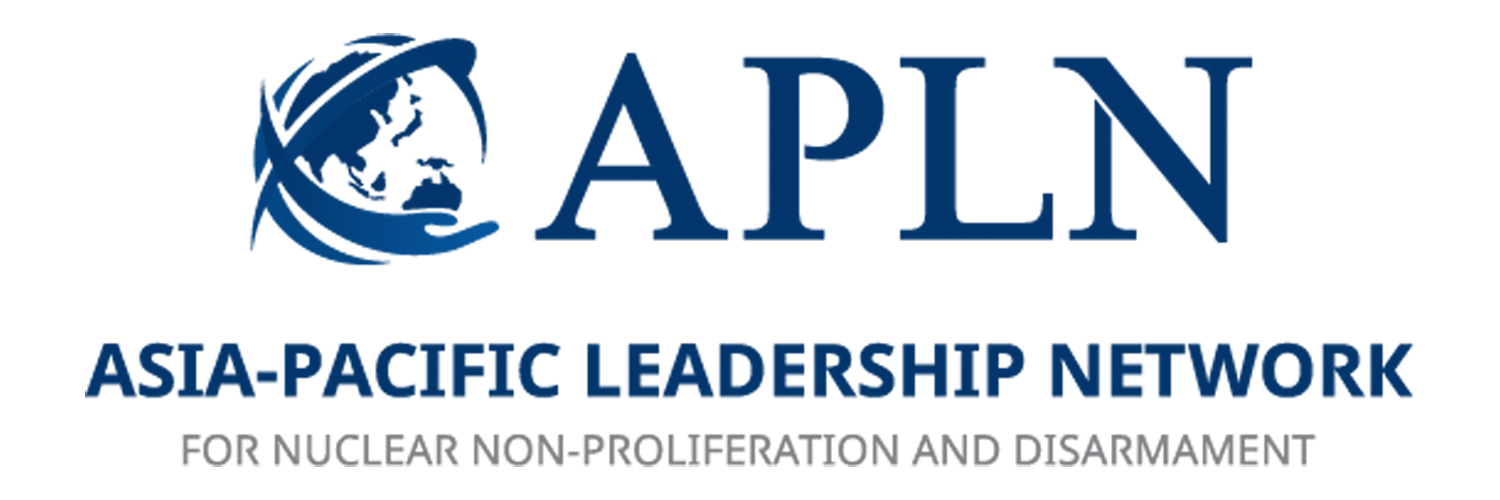Reducing or Exploiting Risk? Varieties of US Nuclear Thought and their Implications for Northeast Asia
Click on the adjacent link to download the full report.
In this APLN Special Report titled “Reducing or Exploiting Risk? Varieties of US Nuclear Thought and Their Implications for Northeast Asia,” Dr. Van Jackson, professor of International Relations at Victoria University of Wellington, argues that there is no monolithic “United States perspective” on nuclear weapons in Northeast Asia. Instead, the propensity of US policymakers to use nuclear weapons is heavily conditioned by their political and ideological orientation.
He identifies four camps of US nuclear thought:
- Arms-controllers, who are found almost entirely in the Democratic Party today, seek to reduce risks to strategic stability and view advanced conventional weapons as heightening the risks of nuclear use.
- Nuclear traditionalists exist in both major political parties and accept the logic of mutually assured destruction (MAD).
- Nuclear primacists, who are located solely within the Republican Party, believe stability derives from nuclear superiority, escalation dominance, and the willingness to launch damage-limiting nuclear first-strikes.
- Future-of-war (FoW) strategists, a trans-partisan group, de-center the role of nuclear weapons in US strategy in favor of a focus on precision-guided conventional munitions and delivery systems.
The report then explores the degree and specific forms of nuclear risk that arise from how these four camps would most likely respond to different stress-testing scenarios in Northeast Asia: Japanese and South Korean nuclear near-proliferation, a North Korean atmospheric nuclear test, and a limited war gone wrong. Understanding the varieties of US nuclear thought do not offer predictions but instead tell us where to look in order to anticipate the magnitude and types of risks the US president is willing to accept.
In the case of President Biden’s administration, the composite nature of nuclear thinking points in multiple directions. While Biden may exhibit risk aversion in a nuclear crisis, his staff may well be undertaking actions that make such a crisis more plausible, thereby leaving stability more to chance and adversary reactions than to proactive restraint. The likelihood of the unthinkable happening depends substantially on which version of US nuclear thinking has the greatest grip on Washington’s policy imagination at the time of crisis.
This report is a part of a joint project on Reducing the Risk of Nuclear Weapon Use in Northeast Asia (NU-NEA) and has been cross-posted by the Nautilus Institute, the Research Center for Nuclear Weapons Abolition (RECNA), and the Panel on Peace and Security of North East Asia (PSNA). The year 1 final report of the project is now available here.
About the Author
Van Jackson is a professor of International Relations at Victoria University of Wellington, as well as a distinguished fellow at the Asia Pacific Foundation of Canada, and a senior associate fellow with APLN. He is the author of two books on US-North Korea relations, as well as the forthcoming book, Pacific Power Paradox: American Statecraft and the Fate of the Asian Peace (Yale University Press). Before becoming a scholar, Van served in several policy and strategy positions in the Office of the Secretary of Defense during the Obama administration. Research for this paper received additional support from the Federation of American Scientists “Conditions for US-ROK Conventional Arms Reduction” project sponsored by the Korea Foundation.
Disclaimer: The views expressed in this report do not necessarily reflect the position of the Asia Pacific Leadership Network or any of its members.
Image: The exterior of Capitol Hill/ iStock/ Elisank79

